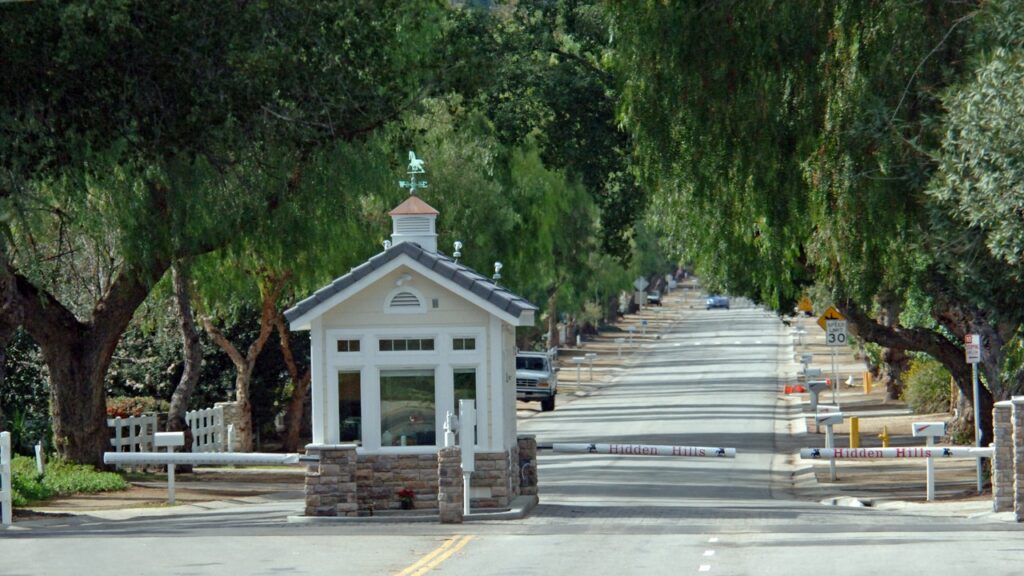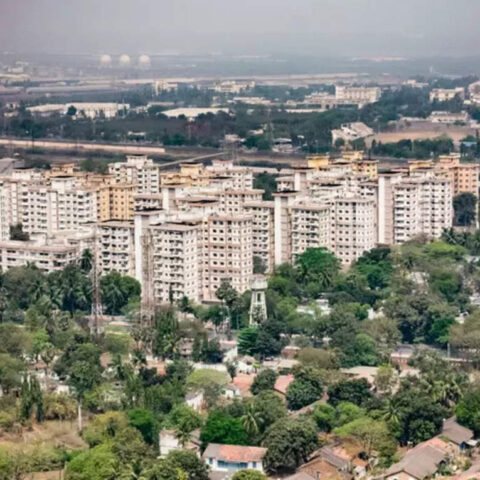With the seemingly endless debate about returning to the office versus working at home as well as associated considerations such as commute times, housing costs, office vacancies, changing demographics and an appeal for work-life balance, the concept of live/work space may warrant a revisit.
Beyond a desire for a home office workstation, have the impacts of the COVID pandemic created the need for a reconsideration of residential and employment land-use planning and development practices?
Editor’s Note: This is Part I of a three-part series of articles about live/work.
The ensuing instalments will be published on April 17 and 24
Advanced in past decades by proponents, originally as artist studios, live/work was presented as an opportunity to combine both home and work activities into one premises.
However, some of these projects were located on industrial lands and often the units became predominantly residences – lofts with a modest amount of work beyond a personal computer.
History of life and labour
Combined living and working has existed since the first structure was built. Prior to and into the industrial revolution, the craftsman and the shopkeeper lived by their workshops.
From cottage industries to public house taverns to “mom-and-pop” convenience stores, living above the shop has been around for a long time although they didn’t call it live/work until the advent of real estate marketing.
One of the outcomes of the industrial revolution was industry becoming heavier and more noxious, and eventually workers preferred to live further away from the pollution and noise of industry for a better quality of life.
This separation of uses to prevent negative impacts was established through zoning over a century ago and further solidified through complex building codes (e.g. fire, noise, egress, parking, etc.), which prevented commercial or industrial uses in residential areas, and vice versa, much the same to this day.
Effectively, in most of North America, working at home or living at work became illegal beyond an accessory home office use (or a small home-based business without any employees, customers or signage), or a care-taker unit above a commercial or industrial operation, depending on the jurisdiction.
The situation is notably different in many Asian and European cities.
Zoning, by intent, divides cities into districts for different specific uses, creating separation between industrial and residential to prevent conflicts and nuisances which can lead to destabilization of lands and unplanned changes in uses.
However, some critics see zoning as outdated, problematic and discriminatory, calling for a substantive renovation if not an entire rebuild.
Then as now, there may be convenience in living close to work, but can the promises be fulfilled and the perils be averted?
Live/work – the concept
Live/work space is not precisely defined, nor consistently understood, although it is some combination of dwelling and labouring uses within one premises.
Primarily living or primarily working might be both a unit feature and a personal philosophy – working to live or living to work. The ratio between living and working could vary, with some being live/work or some being work/live (the difference often being negligible, or no more than the name).
As with definitions, how they are regulated, such as where permitted, ratio of uses, maximum building densities, unit tenure, building codes and noise limits, vary by jurisdiction.
The lifestyle/workstyle appeal of live/work is most evident and illustrated as artist studios.
Earlier examples in the late 20th century were permitted through policy objectives to accommodate artists, often in unique buildings in older industrial districts, who typically had lower incomes and wanted the ability to work in their studios and couldn’t afford two places.
However, over time other groups became interested such as entrepreneurs, freelancers and the self-employed, who might own their business, have varied work hours and benefit from home-office tax deductions.
This “home-based work” (sometimes called “home-based business”) is practical and desirable for these individuals, especially with technological advancements providing the ability to effectively work from anywhere.
As elaborated in a thesis about the concept (Live-Work Developments: From Theory To Practice, Alfiya Kakal, Ryerson University, 2010):
By combining living quarters with employment spaces, live-work units are inherently a form of mixed-use developments. The fundamental difference between the two is that in live-work units, the two uses occur in one spatially connected unit represented as a single municipal address. By comparison, mixed-use refers to the more general practice of having multiple uses within a particular building or development project housed in different units. However, the grain of mixed-use can vary such that it occurs at the block level, the development level or the individual unit level with live-work dwellings being perhaps the finest grain of mixed-use planning.
Different types of living and working
Notably, the work-from-home (WFH) phenomenon resulting from the COVID-19 pandemic is not the same thing as live/work.
Such hybrid WFH arrangement (in the past called “tele-working” or “tele-commuting”) is an employee working at home a few days a week for an employer.
An office employee working for an external business at another location, such as home, has only been functionally possible since the advent of laptops, high-speed internet, online meetings and cloud files.
In the past, working from home was difficult because it essentially necessitated self-employment; now, a much broader cross-section of white-collar jobs can qualify.
Furthermore, there is a distinction between combining living and working within a unit (i.e. live/work) and mixing these uses within a building (i.e. mixed-use):
- A live/work unit is occupied by one tenant / owner, with control and use of the entire premises. As a conjoined unit, it necessitates the residential occupant to also be the operator of the business given the legal link and physical connection between the two parts of the single unit.
- A mixed-use building has multiple uses, such as apartment tower, office podium and grade retail. Although there’s a potential for a resident to work at a business in the same building, that is not required.
Ways to determine which use has primacy may be through a review of zoning provisions, building codes or property values.
One need not look too far to find live/work units in historic industrial buildings in urban locations marketed with such urbane language as: highly sought-after commercial live/work loft in a century-old, remade warehouse; spacious open floor-plan, this loft features stunning exposed brick walls, terracotta tiled floors, floor-to-ceiling windows and sandblasted timber beams; wonderful combination of metal, wood and brick create an artistic feel.
About the Live/Work concept series
This three-part series of articles profiles in-depth the concept of live/work, starting with an overview of its origins, a revisit during the pandemic work-from-home era, different types and forms, associated real estate development and community planning considerations, a profile of the experience in Vancouver and some cautions for the future.
Part 2: LIVE/WORK CONCEPT – The Vancouver experience
Live/work unit designs, building forms, and a profile of the Vancouver experience. Coming April 18.
Part 3: LIVE/WORK CONCEPT – Real estate interests and community planning concerns
How and where live/work happens, promised benefits, potential perils, and cautious conclusions. Coming April 25.









